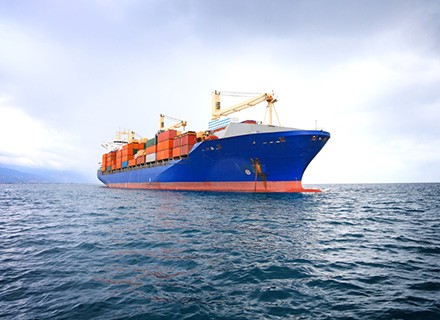Ship tracks are the polluting marine clouds that trail ocean-crossing vessels. They trace maritime lines from the North Pacific to the Mediterranean like phantom fingerprints. In 2020, satellites detected less pollution.
Using satellite imagery from nearly two decades ago, researchers showed that ship tracks dropped after a new fuel regulation. The International Maritime Organization’s (IMO) 2020 fuel sulphur regulation certainly affected ship track formation. The COVID-19 trade disruptions also contributed.
First, a worldwide climatology of ship tracks was created using powerful computing techniques. They employed AI to automatically identify ship tracks in 17 years of daytime NASA Aqua satellite photos (2003-2020). The top map displays ship tracks as a fraction of the low-level marine cloud layer.
We can’t fully comprehend the situation without a complete and large-scale survey of ship tracks, said NASA’s Tianle Yuan.
In 1960s weather satellite photos, ship tracks appeared as “anomalous cloud lines.” Ship exhaust aerosols combine with water vapour to generate smog. Highly concentrated droplets scatter more light than non-polluted marine clouds seeded by sea salt. The above natural-color picture from December 7, 2021, shows a pattern of ship tracks crossing each other off North America’s Pacific coast.
IMO’s 2020 global regulation capped sulphur at 0.5% (down from 3.5%), changing ship exhaust’s chemical and physical composition. Fewer sulphur emissions mean fewer ship-tracking aerosol particles.
Similar but locally specified sulphur controls, like the IMO Emission Control Area off the west coast of the US and Canada, have not had the desired effect because operators have changed their routes and planned longer trips to avoid designated zones.
According to researchers, ship-track density declined in every significant maritime corridor in 2020. (See map) Ship-tracking data show that the COVID-19 pandemic cut the amount of shipping by 1.4% over a few months. This adjustment alone couldn’t explain the drop in recorded ship tracks, which remained low through 2021. The new worldwide fuel regulations reduced ship tracks in 2020, researchers found.
Tianle Yuan and colleagues observed that economic activity changes leave distinct fingerprints on satellite data. Trans-Pacific ship track patterns reflect trade troughs and increases. A general trend in shipping activity between 2003 and 2013—reflected in ship-track clouds—reversed for nearly a year after the 2008 global financial crisis. A more significant decline between 2014 and 2016 presumably reflected Chinese raw material and commodity imports and exports.
Ship tracks can be used as climate change case studies. “Ship tracks are ideal natural laboratories for researching the interplay between aerosols and low clouds. This is a critical climatic uncertainty right now,” Tianle Yuan said.


